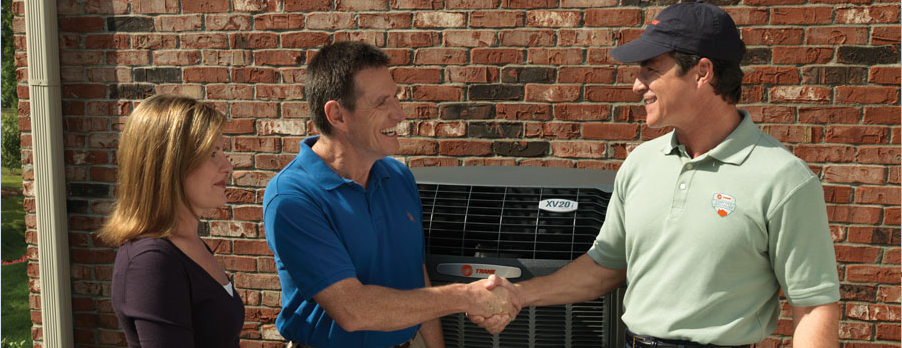

These various appliances all help move teeth, will retrain your muscles, and will change the growth of your jaw. To address any of these orthodontic issues the most common treatments will include different appliances, both fixed and removable. Misplaced midline- When the center of the upper teeth does not line up with the center of the lower teeth.Open bite- A space remains between the biting surfaces of the front teeth when the back molars come together.Crossbite- The upper teeth do not come down slightly in front of the lower teeth.Underbite- The lower teeth are too far forward giving the patient a bulldog look.Overbite- The front teeth lie too far forward, sticking out over the lower teeth.Spacing- Gaps between the teeth as a result a missing tooth or teeth that just do not fill up the mouth.Misaligned teeth- The most common issue addressed by the orthodontist, that of crooked or not straight teeth.Crowding- When there is just not enough room or too many teeth for the arch to support.The following is a list of common issues addressed by an orthodontist are: Another way to summarize is that an orthodontist specializes in correcting your bite, an occlusion, and the natural desired straightness of your teeth.

The orthodontist can also help you with TMJ or TMD disorders, jaw issues or even possible extractions. The orthodontist helps you by aligning your teeth, improving your bite, and fitting you with corrective braces or a similar appliance. The branch of orthodontics specializes in misaligned teeth, crowded teeth, and an overbite or an underbite. Of these specialties, an orthodontist represents about 6% of all practicing dentists.

This means an additional 4,800 hours of orthodontic training. If a specified discipline is desired another two years of education is required to achieve the focus necessary to practice as a specialist. At this point they are qualified to practice general, family dentistry. Through extended educational time each specialty branch brings into focus an extremely specific area of oral treatment.Īfter four years of undergraduate study a candidate continues by entering the graduate school of the dental sciences and then studies four more years to achieve their DDS, the Doctor of Dental Sciences degree. This includes your teeth, your gums, all soft tissue, your jawbones, and even some facial problems because of your mouth.

The foundation, or dental sciences, is the science of studying, researching, diagnosis’s and treating all issues associated with your oral cavity. They are orthodontics and dentofacial orthopedics periodontics prosthodontics pediatric dentistry oral and maxillofacial surgery oral and maxillofacial pathology endodontics public health dentistry and oral and maxillofacial radiology. In the United States the American Dental Association, or ADA, recognizes nine specialties in the Dental Sciences. Complimentary digital 3D retainer models to support the long-term stability of your smile.Support with financial/insurance questions.Convenient scheduling including weekends.Helpful staff prepared to answer your questions.Patients who visit our clinic can expect the following:.This ensures that any treatments you receive will be as gentle, efficient, and effective as possible. In addition to focusing on maximizing your comfort level, our clinic is also committed to using the newest orthodontist minneapolis technology to ensure you receive optimal care, accurate diagnostics, and that your dental health is being monitored as closely as possible. Your smile is our number one priority! Cutting Edge Dental Technology Yu Pan is committed to understanding your unique needs and your personal dental goals to develop a treatment plan that is designed to help you achieve the smile that you deserve in a manner that maximizes your comfort while remaining cost affordable.


 0 kommentar(er)
0 kommentar(er)
